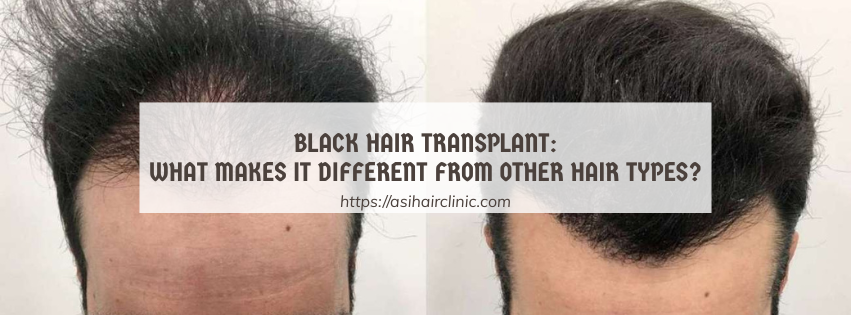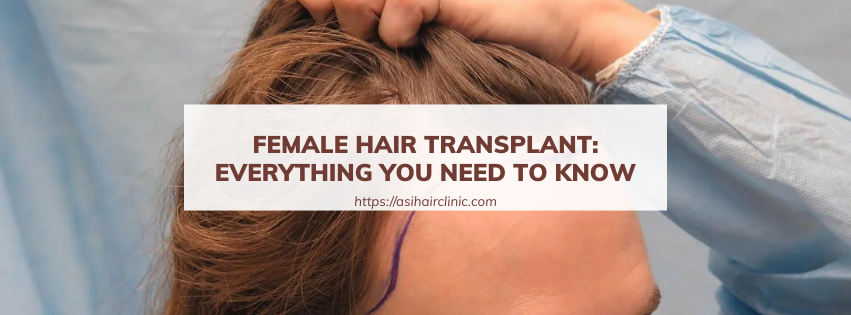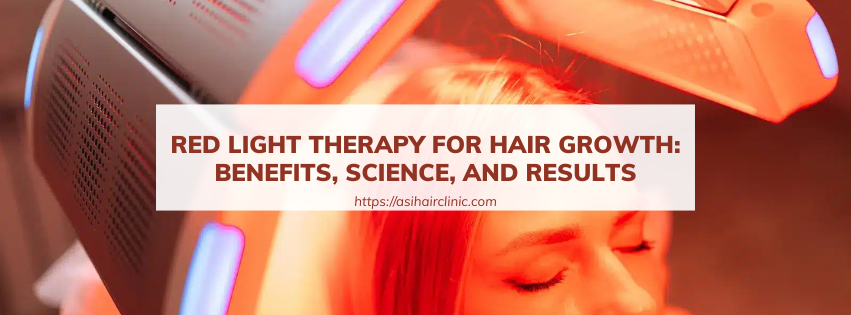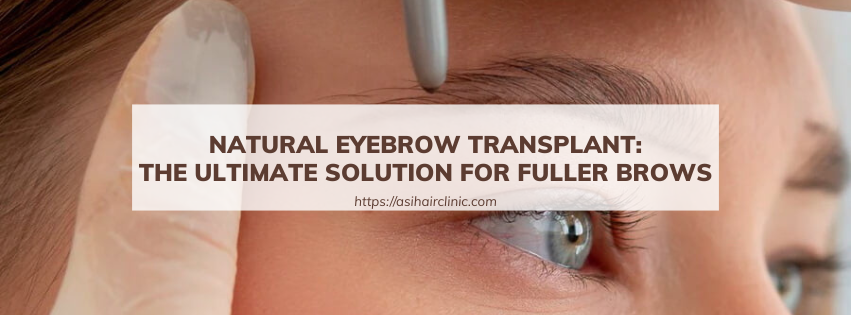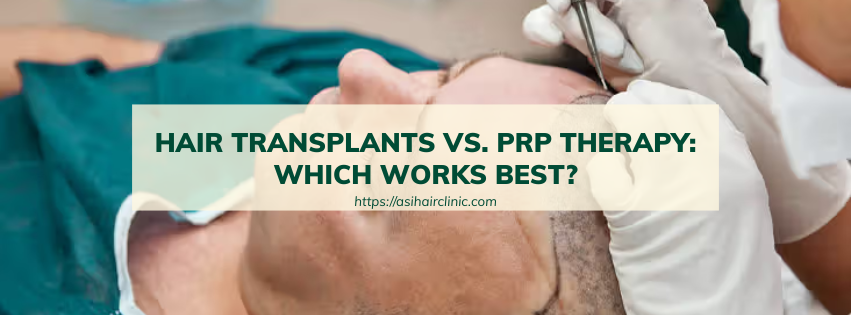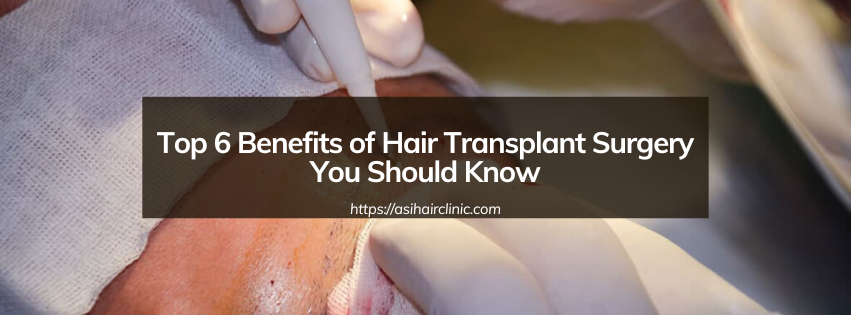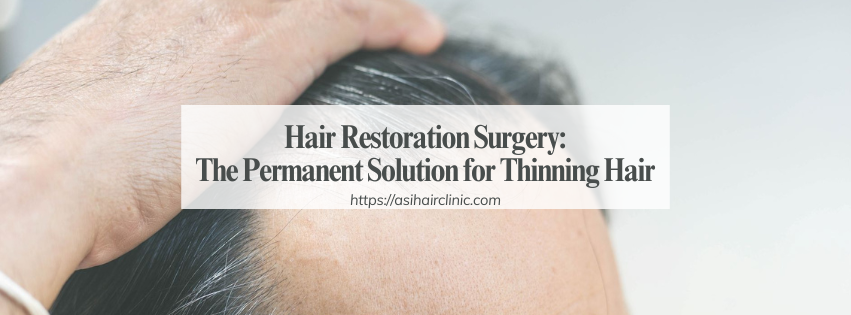The Tools of a Quality Hair Transplant: A Guide
The tools of a quality hair transplant can significantly influence the outcome for individuals seeking to restore their hair. Understanding these essential instruments and technologies is vital for anyone considering a hair restoration procedure. This guide delves into the tools that play a pivotal role in ensuring successful hair transplants, emphasizing their importance and functionality.
1. Understanding Hair Transplantation Techniques
Hair transplantation has evolved tremendously over the years, leading to improved techniques and tools that enhance both the efficiency and effectiveness of the procedure. The two primary methods employed in hair transplants are Follicular Unit Transplantation (FUT) and Follicular Unit Extraction (FUE). Each method relies on specific tools designed to maximize the quality of the results while minimizing discomfort and recovery time.
The choice of technique often depends on several factors, including the patient’s hair loss pattern, age, and personal preferences. An understanding of the tools used in each method can help potential patients make informed decisions about their hair restoration journey.
1.1. Overview of Follicular Unit Transplantation (FUT)
FUT involves removing a strip of scalp from the donor area, usually the back of the head, where hair is more resilient to balding. This strip is then dissected into individual follicular units, which are later implanted into the recipient area.
This method requires specific surgical tools:
- Scalpel: The scalpel is crucial for making precise incisions to remove the donor strip without damaging surrounding tissues.
- Microscope: After the strip is harvested, a microscope is used for dissection, allowing surgeons to accurately separate individual follicles with minimal trauma.
- Sutures: Post-harvest, sutures are utilized to close the incision, ensuring a clean and effective healing process.
While FUT is efficient in harvesting a large number of grafts in a single session, it does leave a linear scar that may be visible if the hair is cut short.
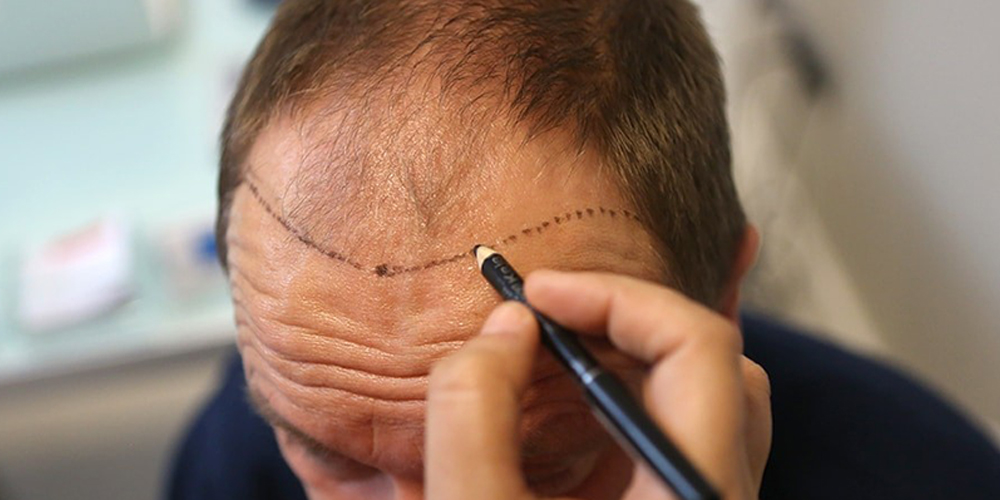
1.2. Overview of Follicular Unit Extraction (FUE)
FUE, on the other hand, is a minimally invasive procedure where individual follicular units are extracted directly from the scalp without the need for a scalpel or stitches. This method is particularly popular due to its less invasive nature and quicker recovery times.
Key tools for FUE include:
- Punch Tool: This specialized instrument comes in various sizes and is used to extract follicular units one by one from the donor area, leaving tiny circular scars that are less noticeable compared to the linear scar from FUT.
- Forceps: Precision forceps are employed to gently handle the extracted follicles for implantation, minimizing damage during the transfer.
- Implantation Pens: These pens allow for the direct implantation of the grafts into the recipient area with a high degree of accuracy, promoting proper angling and placement.
FUE's advantages include a lower risk of complications and no visible scarring, making it an attractive option for many patients.
2. Advanced Technologies Enhancing Hair Transplant Procedures
As technology continues to advance, so too do the tools available for hair transplantation. Modern innovations have led to the development of sophisticated devices that enhance precision, speed, and overall results. These technological advancements not only streamline the process but also improve patient comfort and satisfaction.
2.1. Robotic-Assisted Hair Restoration
Robotic systems have revolutionized hair transplant procedures, providing a high level of precision previously unattainable through manual techniques. Utilizing advanced imaging and software, robotic systems can identify and extract the best donor follicles with minimal damage.
One of the most notable devices is the ARTAS Robotic System.
- Precision Harvesting: The ARTAS system employs advanced algorithms to analyze the scalp and assist in extracting the healthiest follicles, ensuring optimal graft survival rates.
- Automated Graft Placement: With its ability to perform consistent and accurate graft placements, the robotic system reduces human error, enhancing overall results.
- Minimized Trauma: By reducing the need for manual extraction, robotic systems minimize trauma to the scalp, leading to faster recovery times and less discomfort for patients.
While robotic-assisted hair restoration requires significant investment, the benefits it offers in precision and outcomes cannot be overlooked.
2.2. Platelet-Rich Plasma (PRP) Therapy
Another innovative tool gaining popularity in hair restoration is Platelet-Rich Plasma (PRP) therapy. While not a direct part of the transplantation process, PRP can be used as an adjunct treatment to enhance hair growth and improve graft viability.
- Harvesting PRP: Blood is drawn from the patient and processed to concentrate the platelets, which contain growth factors essential for hair follicle regeneration.
- Application: The resulting PRP is injected into the scalp before or after the hair transplant procedure, promoting healing and encouraging new hair growth.
- Enhanced Results: Patients who undergo PRP therapy in conjunction with their hair transplant often report better overall results, with thicker and healthier hair.
PRP therapy exemplifies how integrating advanced technologies can optimize hair restoration outcomes, providing patients with more robust solutions for their hair loss issues.
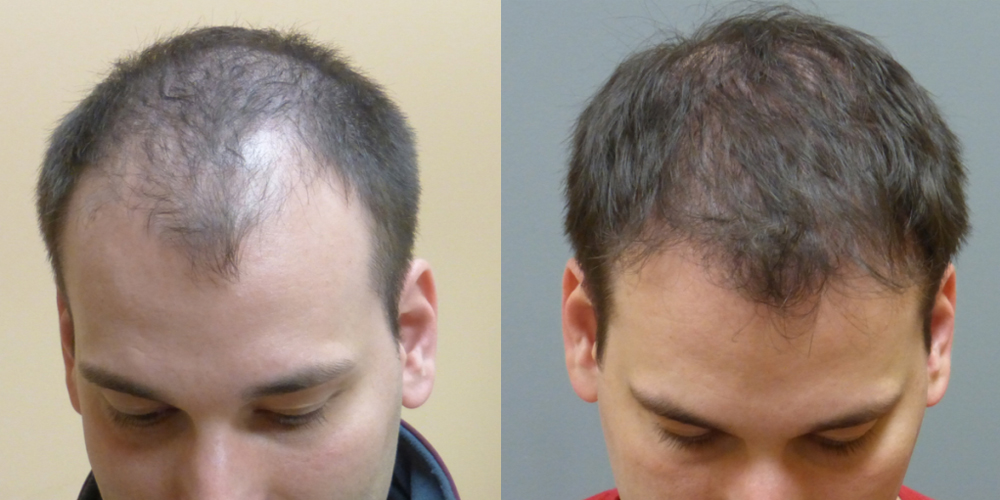
3. Post-Operative Care Tools and Techniques
Achieving the desired results from a hair transplant doesn’t rely solely on pre-operative tools; post-operative care is equally crucial. Proper management of the scalp following the surgery can greatly affect healing and hair growth. Various tools and techniques are available to facilitate this critical healing phase.
3.1. Specialized Hair Care Products
Utilizing specialized hair care products post-transplant can significantly impact the health of newly transplanted hair. Surgeons often recommend gentle shampoos and conditioners designed specifically for sensitive scalps.
- Gentle Cleansing: These products help maintain scalp hygiene without irritating the newly transplanted follicles. Ensuring cleanliness minimizes the risk of infection, which is paramount for successful recovery.
- Moisturizers and Serums: Many patients benefit from using moisturizing serums containing natural oils and nutrients that encourage healing and promote healthy hair growth.
By adhering to a recommended routine with suitable products, patients can create an ideal environment for their transplanted hair to thrive.
3.2. Monitoring Healing with Follow-Up Appointments
Follow-up appointments with the surgeon are essential for monitoring the healing process and addressing any concerns. These visits provide an opportunity for the physician to assess the scalp's condition and ensure that patients follow post-operative instructions properly.
- Professional Assessment: During these appointments, the surgeon can evaluate hair growth patterns and determine if additional treatments, such as PRP therapy, are needed to enhance results.
- Patient Education: Surgeons can provide valuable information regarding what to expect in the months following the transplant, helping patients understand the timeline for hair regrowth and any necessary lifestyle adjustments.
Regular follow-ups cultivate trust between the patient and practitioner, allowing for a collaborative approach toward achieving optimal hair restoration results.
3.3. Emotional Support and Counseling
A lesser-known but equally important aspect of post-operative care involves addressing the emotional well-being of patients. Hair loss can severely impact self-esteem, and undergoing a hair transplant can lead to heightened expectations.
- Counseling Services: Offering access to counseling services may assist patients in managing their emotions and adjusting to their new appearance.
- Support Groups: Connecting patients with others who hav e undergone similar experiences can foster community support, which can be invaluable during the healing process.
Emotional support plays a significant role in the overall success of hair restoration procedures, highlighting the comprehensive nature of care that should accompany surgical interventions.
Conclusion
Understanding the tools of a quality hair transplant is essential for anyone considering this transformative procedure. From the sophisticated surgical instruments used in FUT and FUE to the advanced technologies like robotic assistance and PRP therapy, each aspect contributes to achieving lasting and satisfying results. Additionally, recognizing the importance of post-operative care tools ensures that patients take the necessary steps toward a fruitful recovery.
With continued advancements in hair restoration techniques and tools, individuals seeking to reclaim their hair can approach the process with greater confidence and assurance. Whether through traditional methods or cutting-edge technologies, the journey to restoring one's hair is now more accessible than ever. By prioritizing quality tools and comprehensive care, patients can look forward to a revitalized sense of self and enhanced confidence in their appearance.
LATEST POSTS

